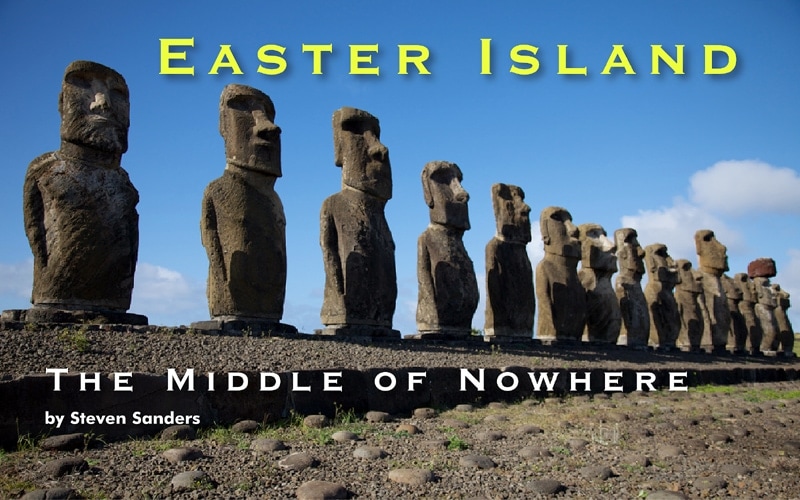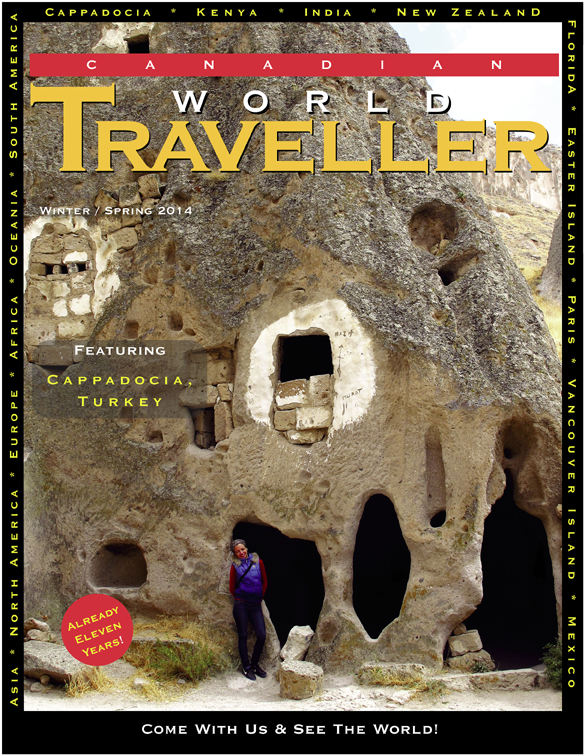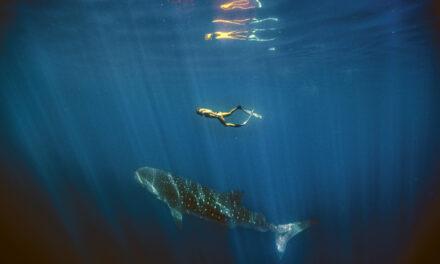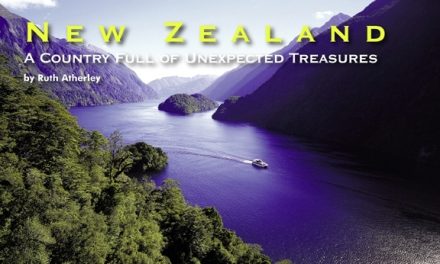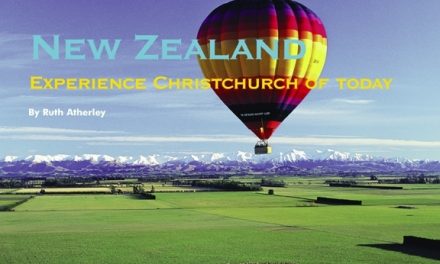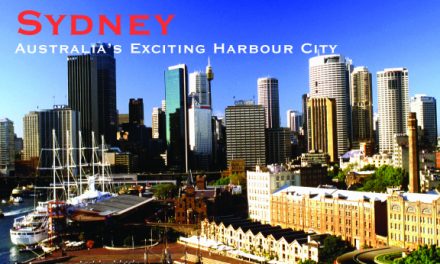Easter Island
The Middle of Nowhere
by Steven Sanders
 Riding a scooter through the countryside, the overpoweringly deep and unique smell brings a smile to my face. ‘How I’ll miss that smell’ I muttered. The sky is as blue as it can be, the landscape is dreamy, and it’s the final day of my trip to the world’s most isolated inhabited island.
Riding a scooter through the countryside, the overpoweringly deep and unique smell brings a smile to my face. ‘How I’ll miss that smell’ I muttered. The sky is as blue as it can be, the landscape is dreamy, and it’s the final day of my trip to the world’s most isolated inhabited island.
Easter Island had spent far too long loitering in my list of ‘top 5 places to see’. I eventually purchased a round trip ticket to this tiny speck of land in the south Pacific from Santiago, Chile, one of only two routes that serve the island along with Tahiti. The island has been Chilean territory since 1888, however along with the natural beauty it’s the intriguing and sometimes mystifying history of yesteryear – which you can literally look straight in the eyes – that attracts the visitors of today.
Known as Rapa Nui to the natives or Isla de Pascua to Chileans, the island conjures up images of the famous Moai statues which are dotted mainly around the island’s coast. And while there is so much more to see and do on the island, the ever-watching Moai will probably have a large say in how you plan your itinerary here.
Built between 1100 and 1680, the reason for the immense dedication to the carving of these structures is relatively unproven. Some American sensationalist writers have thrown in the ‘alien’ possibility, but one thing is certain; these stone figures weighing an average of 14 tonnes were carved by man and ‘walked’ to their platform – or Ana in Rapa Nui – using ropes and teams of men to rock it into place. It is said they were probably built to represent important figures on the island such as generals, tribe leaders and doctors.
The difference between some of them is huge, depending on the era they were built. Some are expertly carved right down to the fingernails, while others are reversing the carving process by returning back to a faceless stone slab due to the elements. Whether it’s history or adventure; beach or hiking, it’s impossible to avoid these eerie figures that dominate all corners of this tiny island.
After a relaxing first day wandering the small harbour capital of Hanga Roa, where seemingly everyone on the island lives, I kept my plans slow and laid back – in-tune with the Rapa Nui way of life – by keeping my first day of sightseeing close to home. The sector of Tahai is where the first settlers on the island lived, and is today home to the island’s museum, numerous festivals and shows throughout the year, and of course several Moai statues. Tahai is the best place on the island to catch the sunset, where one can photograph the dipping sun behind the five restored statues that line up along the coast. Just a five minute walk led me to what I eventually came to summarize as the islands best restaurant – not bad for a day’s work. Te Moana offered some of the finest ceviche I have ever tasted, and while the service leaves a lot to be desired, the chef is on another level. The latter – combined with the seafront location – was my reason for returning not once, but twice. The restaurant is less than a 10 minute walk from where most of the hotels are located.
After two relaxing days of doing things on ‘island time’, it was time to rev things up a little. Renting a scooter for the remainder of the trip was the best decision I made on the island, which just became a whole lot more accessible and affordable. I filled up for $3 at the islands only gas station next door to the airport, and zoomed off to the stone village of Orongo on the southwestern tip of the island. It is here where you can learn a lot about Easter Island’s history and read about the famous ‘birdman cult’, which was an annual race down the jagged cliffs and to the nearby uninhabited islet of Motu Nui to retrieve and bring back a recently laid manutara egg. The first man to bring back the egg unbroken was given special privileges and leadership for one year. Orongo offers a spectacular view out into the ocean, 52 ancient stone houses and the stunning crater of Rano Kau which helps shape this corner of the island.
The best place on the island to view the Moai at all levels of construction is at the volcanic crater of Rano Raraku, located towards the south east of the island. It was here where the Moai were chiselled out of the quarry’s rock, some are still embedded in the walls, incomplete, while many are scattered around the hills. Rano Raraku makes for a fantastic half-day trip and is close to Ahu Tongariki, a huge coastal platform of 15 Moai, all individual in shape and size, and one of the main photo attractions of the island.
Whilst the weather on the island doesn’t get too hot, I did notice things heating up after a cloudy introduction which meant one thing: Beach time. The island only really has two accessible beaches – one of which barely fits the accessible tag. After clambering down a few rocks I stopped off at Ovahe Beach – which was completely empty. Ovahe is the perfect idea of a secluded beach, and the sand seems completely untouched, perfect for a romantic picnic. It appears tourists and locals opt for the much bigger and more easily accessible Anakena Beach instead, which is a short scooter ride away, and is a beach like no other.
Anakena has everything from history to spectacular views. It is said to be the first landing place of the Polynesian settlers and is home to seven mightily impressive Moai – called Ahu Akivi – that line up near the beach and remain in pristine condition. An eighth statue – built separately – looms behind. After marvelling at the statues, Anakena’s powdery white sand is all too inviting and makes for the perfect afternoon. For those early birds, the sun rises on this side of the island and is a joy to witness the long shadows formed by the islands most preserved and impressive statues.
There are many more Moai statues to find – some standing, others still face down and defeated from when a new tribe took power of the island. North east of Hanga Roa, seven Moai stand side by side close to the island’s highest peak, Mount Terevaka. The ascent is a pleasant walk, and although the winds are strong year round, the views are definitely worth it. If time permits, give yourself 30 minutes to stop off at the nearby quarry of Puna Pau, where the red topknots – the hats of the statues – where made before being transferred across the island to be put on top of the Moai.
After scootering around this mysterious and captivating island, I rounded things off by seeing if the island’s waters really are amongst the clearest for scuba divers. I found a great deal at Orca Diving Centre. The centre’s French owner Michel Garcia offered great conversation and the Chilean girls who took us through the waters also became personal underwater photographers at no extra cost, providing the camera and a copy of the photos. The corals are aplenty along with an abundance of small fish unique to the island, and visibility can be up to 60 meters.
After an hour of underwater fun, I felt a final stop at nearby Te Moana for their superb ceviche would make for a perfect ending, before catching a traditional Rapa Nui show over the road at Te Ra’ai restaurant and bar.
What to know
Spanish is the main language spoken on the island, while local Rapa Nui people speak both Spanish and their own Eastern Polynesian dialect. English and occasionally French can be found in the tourist offices. Night time can be quite chilly on the island year round, so bring some layers along with plenty of sunblock for each day. Prices on the island are higher due to the cost of importing, however gas is cheap.


